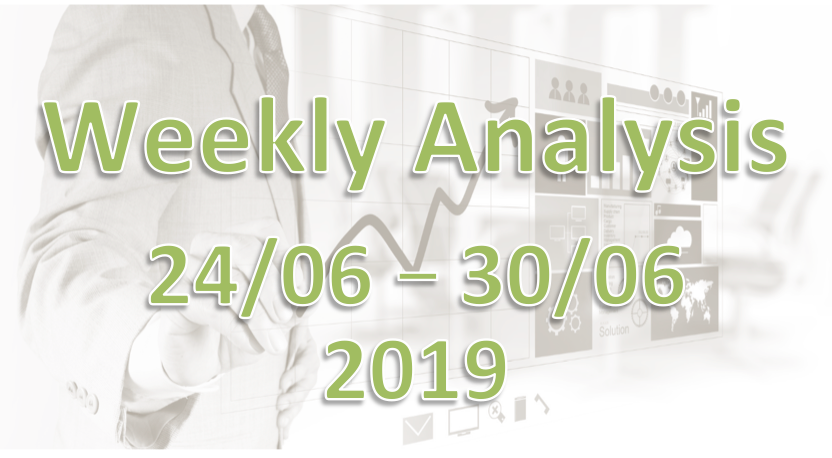A week of G20
The material of this week is the “G20” starting on the 28th, and it is not the “G20” itself, but the diplomacy between the leaders held there, that is, the “top talks.” G20 itself has already been a mere formality and there seems to be little influence. The main topic would be how Japan’s chairman country warns against the rise of “protectionism” and prevents its progress, and whether it can be reflected on the joint statement, but it is nothing more than that.
Global economic impact of US-China summit
Many market players are paying the most attention to the outcome of the “US-China Summit” that will be held. US-China trade talks remain suspended, does not stand the prospect of resumption. In the meantime, a battle to raise tariffs has begun in the US, and it is inevitable that the world economy will slow down due to the effects of the US-China Trade War as time goes by. The IMF warned on 5th of May that if the US-China trade war intensifies, the growth of global economy will be pushed down by 0.5 points in 2020, China is down 1.0 points and the US is down 0.2 points.
There could be a possibility of finding a clue toward any of the solution by President Trump and President Xi Jinping meeting directly at US summit, but in reality, the market is not so optimistic. However, looking at the history so far, it is likely that Mr. Trump will almost put his words into practice, and Chinese side seems to understand of the customs duty of 25% on Chinese products (worth of $30 billion) is not “mere a threat” as the public hearing has started. Therefore, it is expected that President Xi Jinping not only showing a diplomatic smile, but he faces the meeting with a certain amount of concessions determined. So one of the highlights would be whether the US will take the concession. While its ending result is unclear, but at least it seems that agreement on the continuation of discussions between practitioners will be realistic. And how will the market respond? It is also still under vail.
Watch out for USD downturn
After the FOMC last week, as the Fed’s rate cutting stance became clearer, USDJPY has been moved at the 107 yen level last week. And interestingly, even in the EURUSD, where the economic slowdown has continued and the possibility of additional easing has emerged, the dollar has been fallen to the upper 1.13 level for the first time in three months last weekend. If the dollar weakens sharply even with the EURUSD pair, which is the most volumed currency pair in the world, the influence is likely to extend to other currencies as well.
Watch out how much the US-China Summit will try the dollar’s downturn this week.

